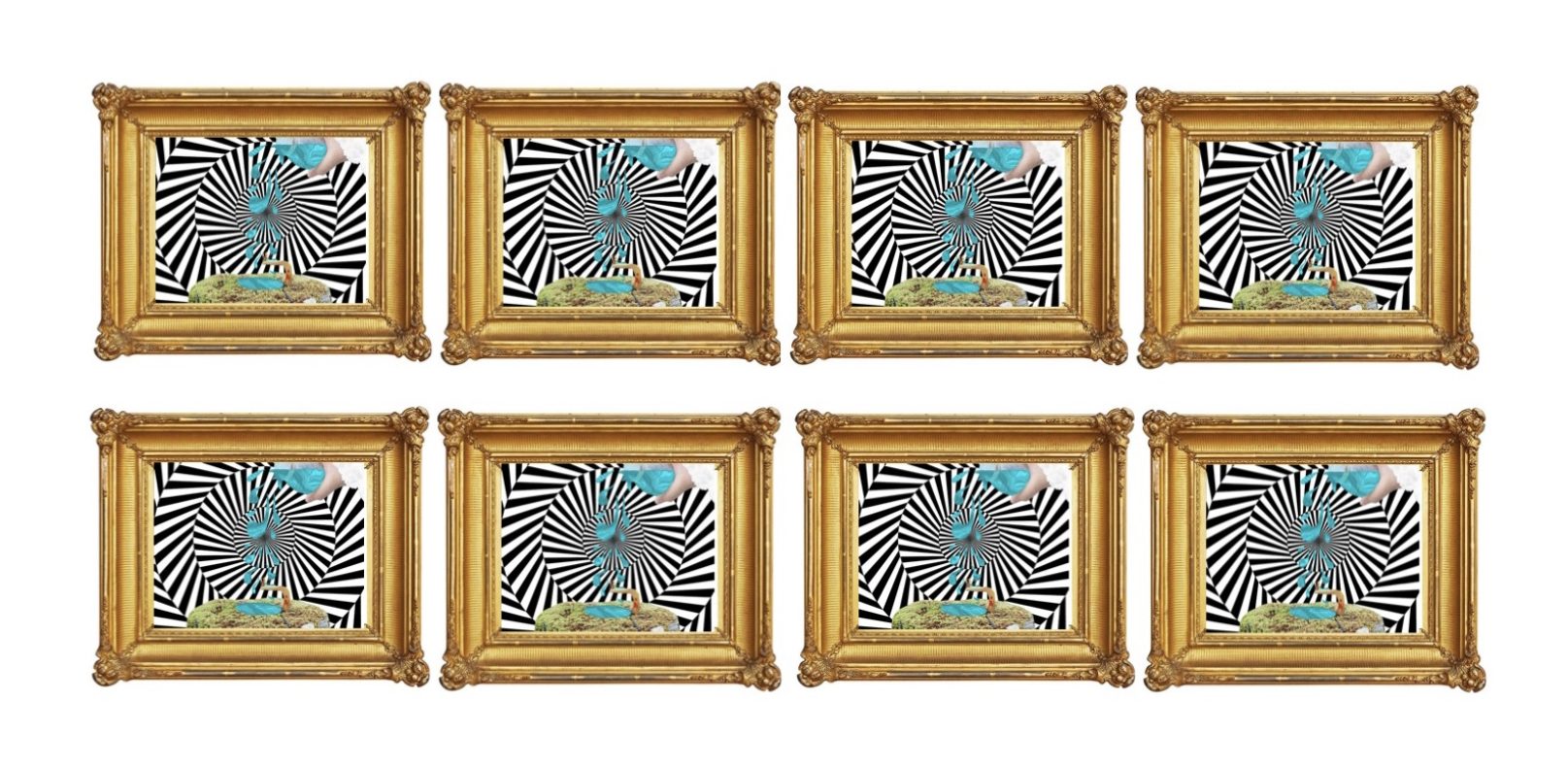Imagine a world with no art. Billboards hold words with no color. Children’s books are just gray pages of mush that kids chew into soluble pieces only to spit up the excess. Movies don’t exist. Neither do any form of theatre or dance. Clothes are uniform. Walls are dim with the blankness of an unstretched canvas. The world is muted. Life is feeble.
Now imagine a world with art. Colors parade around us like fire and ash. We live bright and unbroken. Posters of our favorite bands hang on our walls. Acrylic, charcoal, gouache, newsprint, pens, and pencils all exist in equivalency. Jazz and rock and symphonies ring in our ears. We dance to show emotion. We dance to feel something. Books flutter around our shelves. Our small hometowns, which seemed dull at first, now glitter and flash with the power of New York City. We are captivated once again by the breath of life. We are vibrant and rich in all the glory of the gifted. And we ourselves are a creation within art, within beauty, within the world.
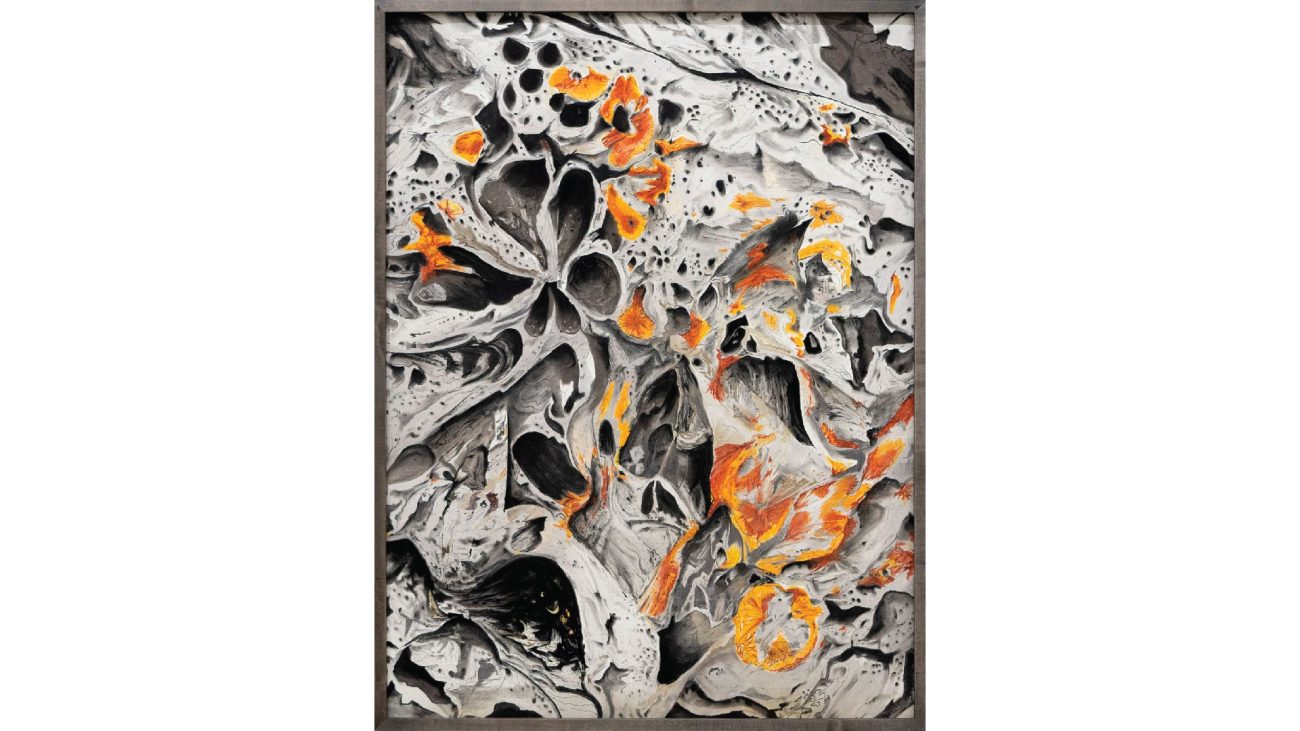
What a weak attempt at happiness a world without art would be. What is life and love without art? What is the value of art within our society which bathes in it?
I am an artist, and designer at heart. I critique other art with my viewpoints on reality. I’m individualistic, just like every artist is required to be. Within a tree leaf, I see the colors combined to create such a palate. Within a painting, I see the pain in the eyes, or the joy in the structure of the pose, or the pleading in the upheld hands flexed in lust. I see the value in art. And I see that value fading away as our society sinks deeper and deeper into the digital mindset.
Famous paintings are degrading, the world is melting, the colors are blending into a new palate: a digital palate. Is digital art demoting the value of print art and upkeep of demand we so require?
I interviewed two artists to help me decipher my viewpoint on this vexing question. Mia Sides, a digital-based artist and a graphic design student at Virginia Commonwealth University, and Eleanor Thorp, an artist based in traditional art and trained in oil painting.
Sides explained her training in computer-based art and her weakness in physical drawing.

She explained her technology based past and how she grew up playing video games, watching T.V, and developing her inspiration in a digital genre. Inconvenience, however, sways her opinion because of the competitiveness and oversaturation of work the digital age brings to art.
“I think it’s good to have [physical] art preserved online because that’s the way it reaches most people. But I think if there was technology back with the Mona Lisa, people would still appreciate it. It has a higher value [now] because it wasn’t so widespread.” Sides reflected.
Although we can all agree pictures of the Mona Lisa online may suck the enthusiasm out of the painting, there will always be the people who love and appreciate art and others who only see a painting. The art lovers will always see the magic in Mona Lisa’s eyes and the emotion in her smile and will continue generations of hunting down her painting and witnessing the vibrancy of her story first-hand. And within the hunt, there lies the value.
Sides brings some positive light to what the digital age has brought to art. It has spread different types of art, allowed people to share their work and make connections, given digital portfolios a standard ruling, and has spread jobs to suffering artists.
I asked Sides if she preferred the idea of art being permanent and immortalized by digitization rather than art living its life and then eventually dying?
“I think with different types of art I’d have a different standpoint.” Sides explains “If it’s something about an issue or something revolutionary, I think it would help it to just blow up at a certain point and then die down but still have the effect on other artists and creators after it’s gone. But I do think it’s very nice to have things that stay around for a while because you can always go back to it and it’s another thought that ‘Oh I did that and it will always be there.”
The permanence of art is what drives artists to create something that will live longer than they will and have an impact larger than life. But how does that permanence in an artist’s specific piece of art become so revolutionary? How do we, as a society, determine which art deserves to be seen and live forever, and which art deserves to show the world its truth and then eventually die?
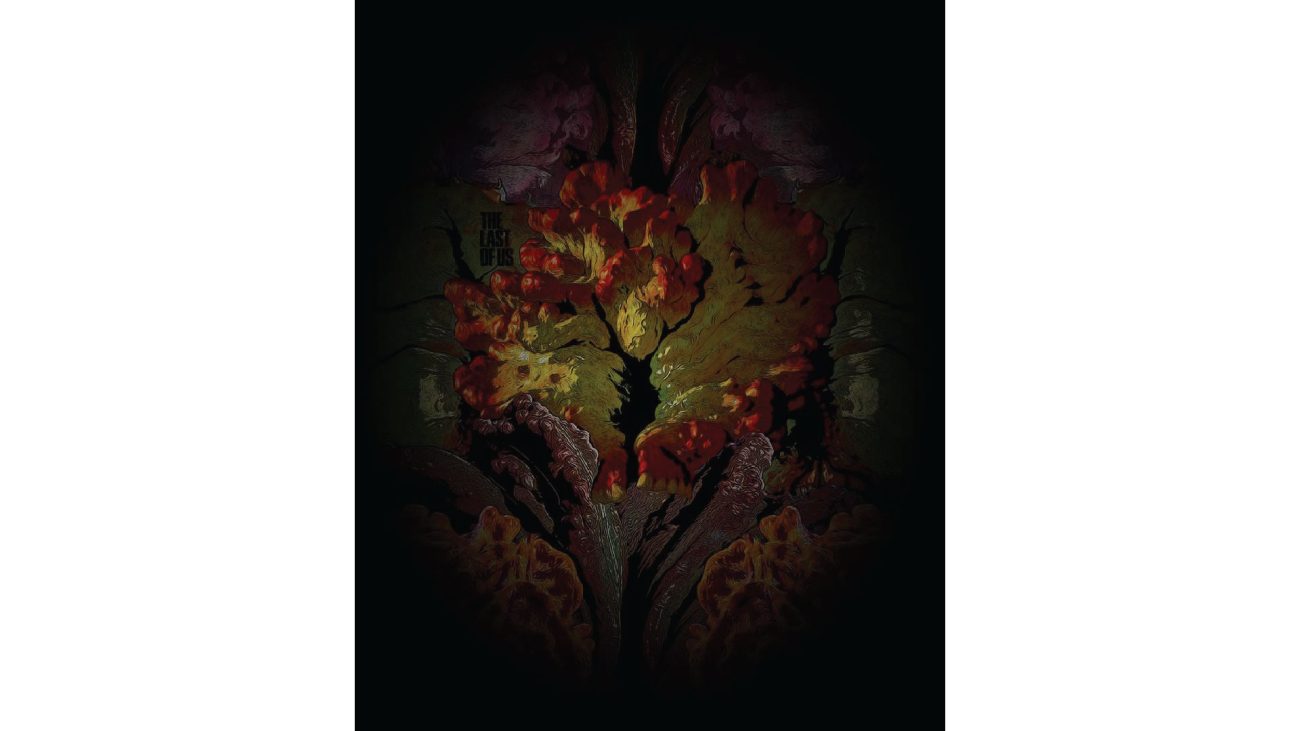
“I’m a very cut and dry person,” Sides clarifies “If I like it, it’s important to me. It’s nice to look back at something and think ‘I did that.’ Whether other people appreciate it or not. I enjoy it and I wouldn’t put my stuff out there, it’s a very risky thing to do… but I’m comfortable in my own art to put it out there for other people to appreciate.”
Sides also adds that something that came from an artist’s mind and the fact that they’re willing to share that with other people is really special.
Sides viewpoint on value and permanence of art in the digital age was rather beneficial to her opinions she spoke upon. What surprised me most during her interview and what I still think back upon to this day is her response to me asking her what she would be doing with art today if the digital world did not exist.
“Honestly I don’t know if I would even be doing art. I used to draw and it ran its course. When I found digital art, that’s when I knew I wanted to do art in the future. So I would honestly probably be a [biology] major or something completely different.” She responds.
It’s interesting how the digital world shaped her entire life. It gave her the future career of a graphic designer and gave her a love and passion for art.
She spoke upon the future change of technology and how much more complicated and crazy the digital age will become.
“I think even though it’s very crazy now, it will double, get a lot crazier. It’s very easy for people to get resources to learn how to do [art]. I just think with social media now, it’s a lot easier for people to see the possibilities of what they can do with art in general.”
Art has become more accessible globally. Anyone can learn, anyone can practice, and anyone can become an artist. This was not the case hundreds of years ago when people had to be shipped off to Europe and trained intermediately with renowned artists. Anyone of any status can become the artist they want to be. If anything, that is the most important thing the digital age has given to art.
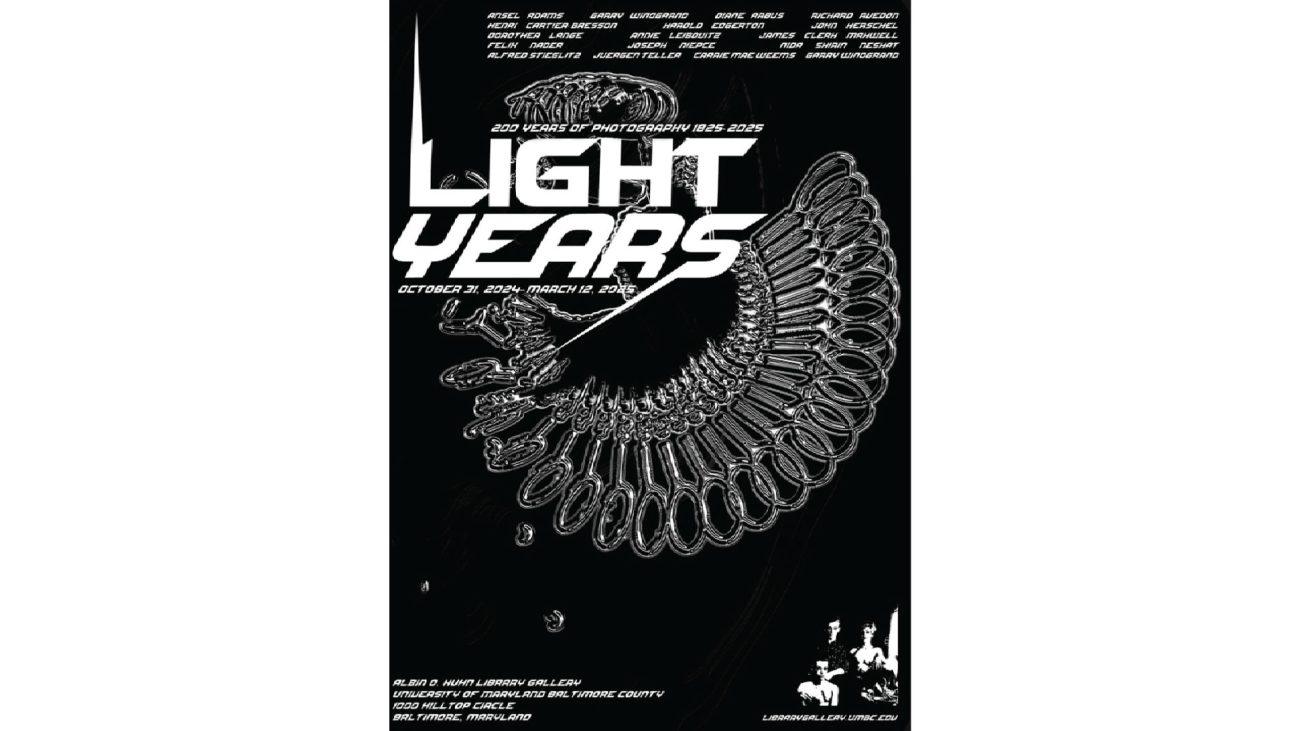
The second interview I conducted was with Eleanor Thorp, local Richmond and VCU faculty artist. She was very persuasive when talking about the pre-digital age compared to the post-digital age.
Trained in oil painting with a background in traditional art foundations, she has moved on to large-scale pastel drawings including: rock mediums, color pencils, pens, and dry media in consumption. Very traditional in the way we are prone to think of art, Thorp is the exact opposite of digital art.
Thorp answers honestly about her bittersweet love-hate relationship with the digital world and art living simultaneously, especially in aspects of her career.
“I always used some kind of device to make my imagery. I think a lot about how my work is perceived in a digital space because I think it’s become so essential for artists to have some kind of an online presence.” Thorp says. “I’m becoming less and less involved in the digital space because I feel that we’re so engulfed in it that I want to be totally separate. I’m a very physical person and I can’t understand a digital space the same way I can understand physical space. I think it’s impossible to be removed from [the digital world] in a sense, everyone has to sort of encounter some sort of digital counter space.”
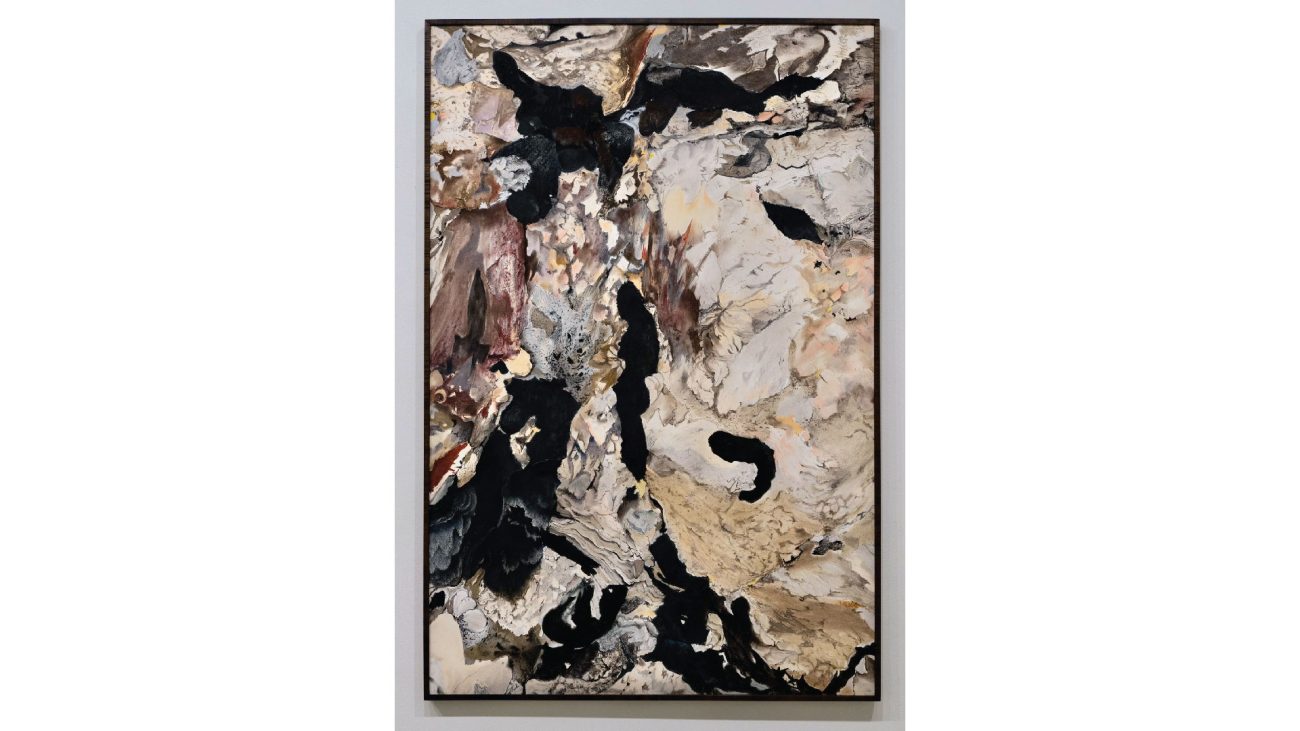
It’s the fact that the physical world of art is deteriorating while this digital world is flourishing which gives a tension between physical artists and digital artists. It’s an upright world and an upside down world. Our imagination has turned digital which is giving tension to the real imagination our physical world already provides for us.
How can the value of art be prominent in a world where our artists are losing the grip on physicality we have grappled onto for so long?
I asked Thorp the main question I’ve been battling against; Is the digital documentation of art leaving it more preserved and valued or less because of the frequent commonness of that particular form of art?
She responded with “I think there is work that is meant to be photographed and that’s as far as it goes. Because when you see that work in person, it is really not the same. So I think sometimes the digital image gives a physical work more value. Now when we think of old master-paintings maybe they do get devalued because they are so easily accessible there’s not as much of a desire to go and explore them or maybe there is more of a desire, I’m not quite sure. I think in this kind of case, because there is so much accessibility to an old master it kind of evens out. Some people may be more interested and some may not.”
Thinking on masterpieces such as the Mona Lisa, Thorp agreed with my opinion that there will always be some people interested in exploring the painting and others who will never care, whether the digital age is there or not. To dive even deeper into Thorp’s opinions on the digital age and art, I asked her how she feels the digital age has helped art. She replied very strongly about her viewpoints.
“I don’t think it has helped it at all.” She responded “I think it’s forcing artists to work a lot faster, [and] to be more competitive and I don’t think that’s a positive thing. I think it’s good to be competitive with yourself, I think it’s good to sort of build off of yourself, but I don’t think it’s good to be competing off of other artists and I think the digital age does.”
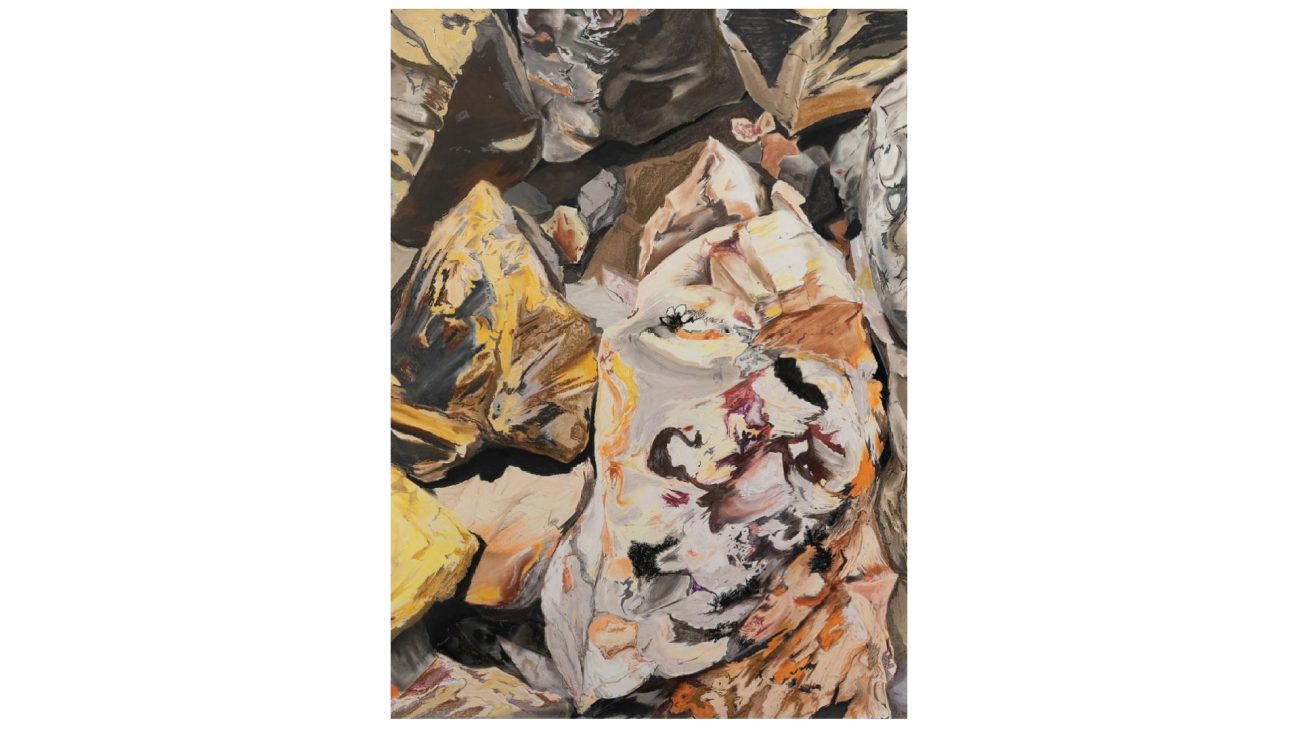
She brings to light that you don’t have to leave your bed to find artists or jobs or inspiration, the whole art world has become reliant on the digital age to bring them their next idea or masterpiece. But is it real art if the idea came from a computer screen? How can the digital age be inspiring these new pieces of art if they are all being recycled from people all around the world, digesting the inspiration and then spitting out a version of it.
Thorp and I agreed that the best and more natural way of finding your newest inspiration is by going out and experiencing it. That is how all the great artists have made their impact on the world. But the digital age is preventing the next generation of artists from doing that. With the accessibility of inspiration right on your computer screen, who wants to spend the money of leaving your comfy bed and exploring the real world to find the beauty?
It’s a tricky business of living through the eyes of art in the digital age.
Thorp reveals her distaste of the permanence of art in the digital age by speaking upon the death of art.
“Art dies,” She states “eventually, at some point. I think it’s impossible to keep something alive. Everything has a shelf-life. Our world is so fragile. I don’t think anything is permanent, things will deteriorate, people will move on. I actually think digital work will die faster than physical work.”
When asked how Thorp feels about these old masterpieces living in a photograph on the internet she responded with, “I do like it because I think knowledge is power… so maybe it is something very beautiful out of the digital that you do have this access to knowledge. But that’s very different from just viewing art. That is art with a combination of text or context.”
Permanence has conditions is what I realized. There are ups and downs to everything including art. Just like algebra or physics, art holds knowledge in history and life. Therefore, a digital resource is important to learn about the world we live in. Does that picture on the internet decrease some of the painting’s value? Sure. But does the history written beside the painting give it more permanence? Absolutely.
When asked about the value of art in general, Thorp claimed that people are what give art it’s value. Without people viewing a piece of art, it’s nothing. Which brings to the question; If a piece of art is on the internet, more people have access to seeing it, therefore, does it give it more value? It’s such a deceitful question because in honesty, I believe it derives the power and value of that certain piece, but it’s also what gives it life in the eyes of people. It’s what gives it an audience. However, when people give everything value, then nothing has value. It’s a fine line to balance.
“Each person has sort of a different opinion on what has value. It’s really dependent on the person. It’s really dependent on a person’s taste. It’s really dependent on that person’s knowledge of art. If someone says to me all art is good, that tells me that person doesn’t really value art. If everything is good, then everything can be bad. It’s really a full circle.” Thorp states.
I ended Thorp’s interview the same way I ended Side’s. How do you think the digital world will change art in the next 10 years? 20 years? 50 years?
“I think about this sometimes and I feel it can go two ways.” Thorp starts off, “I feel that especially the people that are little kids now, they are so accustomed to a digital screen.
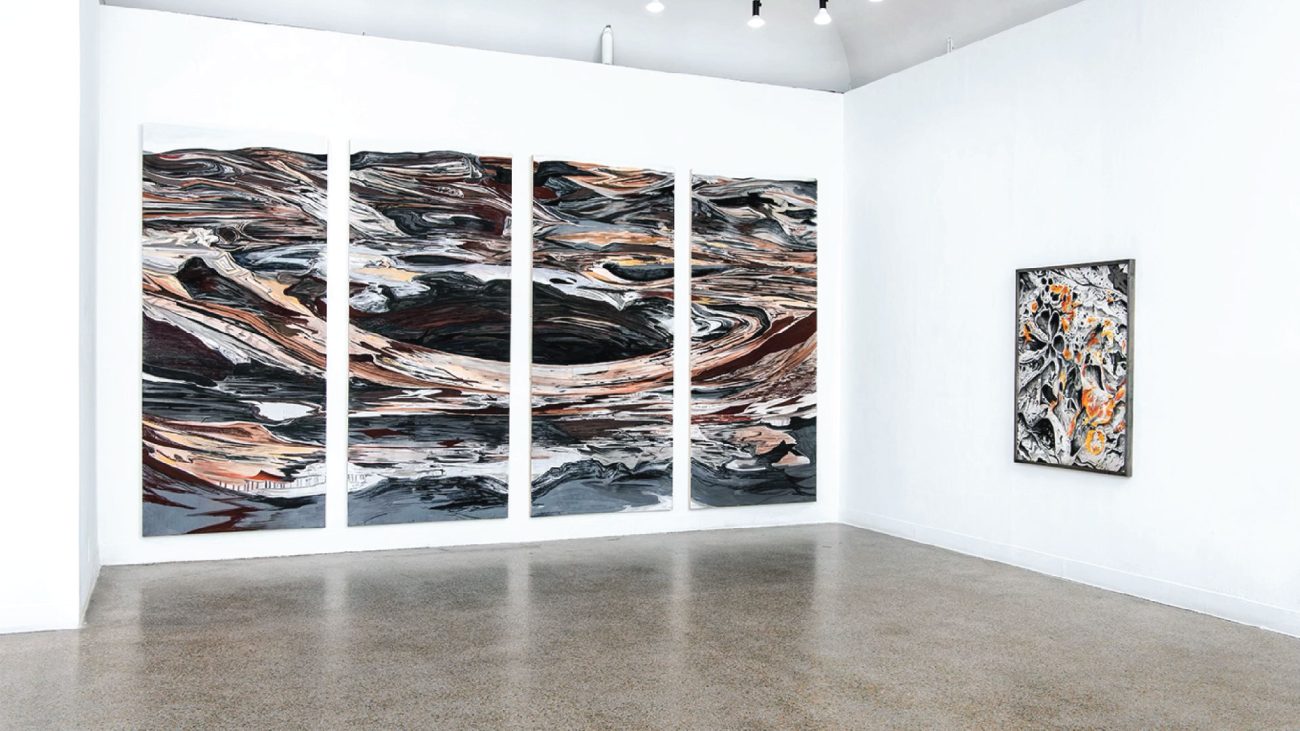
Everything is through a screen, so I could see the sort of new generation diving even deeper into it or completely rejecting it. And it probably will be something in between. Whatever it is now, it will become more extreme, it will be a more polarized version of what we have.”
So here we have two completely different artists, two completely different interviews, and two completely different answers to the main question: is the value and permanence of art dimming as our society progresses further and further into the digital age?
I’ve battled for weeks, months even, on what my answer was to this compelling question. And I’ve decided this:
It’s there. Art is there. Value is there. Permanence is there. The digital age is there. We decide who controls what. We decide what we use. We decide what we allow to have value and to have permanence. The digital age doesn’t control that. We don’t have to be a slave to our computers or our social media. We can use it to our advantage but we don’t have to fall to our knees on the downsides. We are the people that give art value. We are the living permanence of art in the digital age.
—

